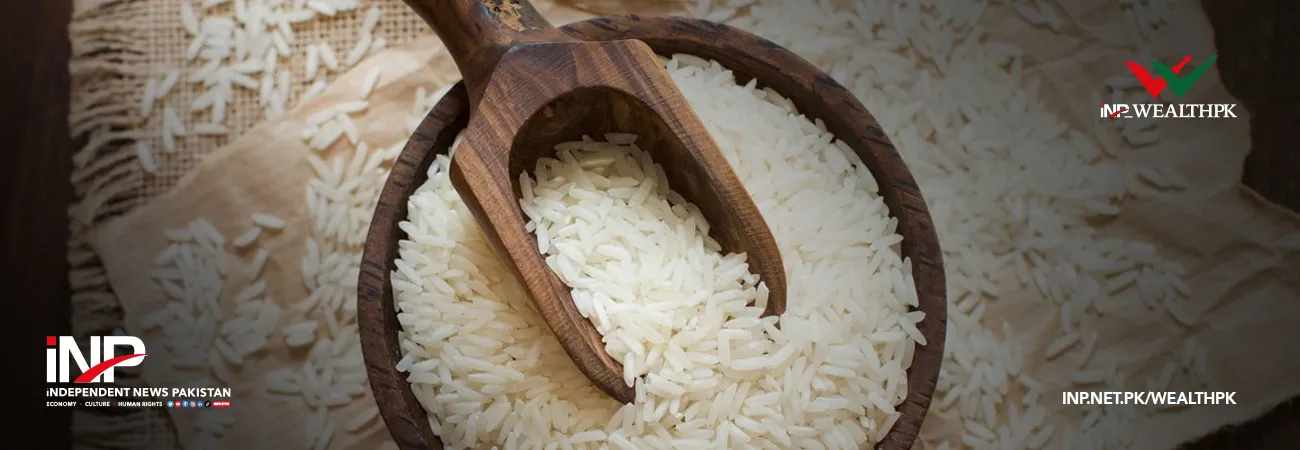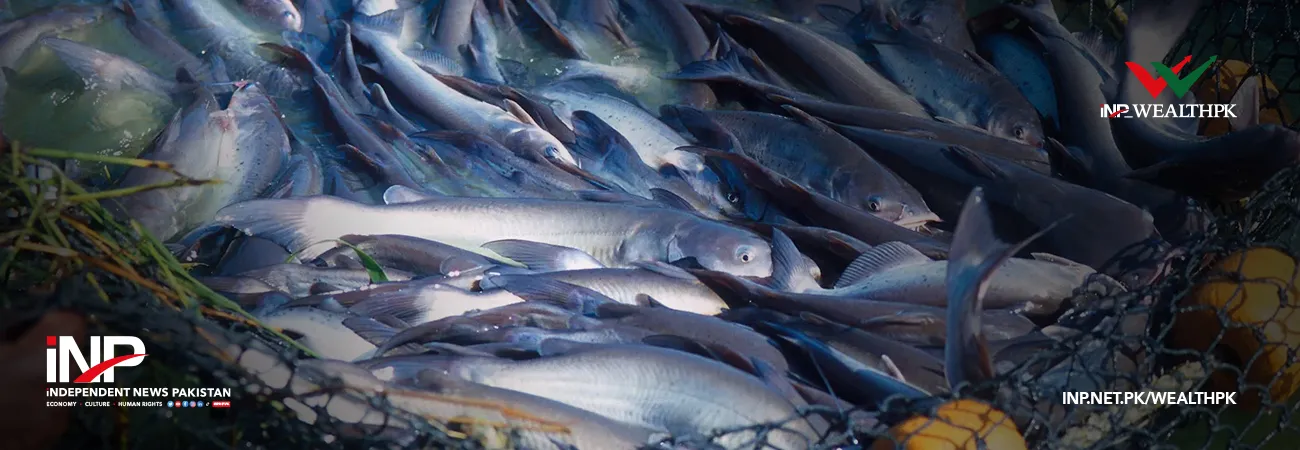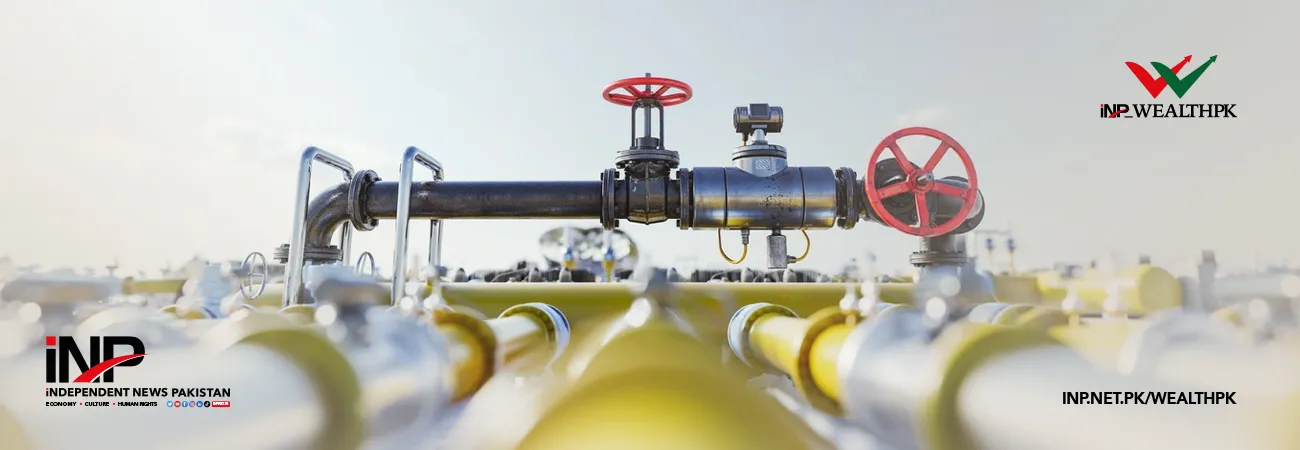INP-WealthPk
Amir Saeed
Pakistan’s circular debt has swelled to over Rs5.7 trillion, representing 5.4% of GDP, surpassing the 4% threshold set by the IMF during its review of the $3 billion bailout. The circular debt within the power sector stands at Rs2.703 trillion, while the gas sector’s debt amounts to Rs3.022 trillion. Speaking to WealthPK, Faheem Jehangir Khan, Acting Director of the Office of Research, Innovation, and Commercialization (ORIC), said the power sector circular debt increased due to the hike in global fuel prices and expensive, unsustainable contracts with the Independent Power Producers (IPPs). He said the power, petroleum, and natural gas sectors were the largest contributors to circular debt. The majority of the IPPs are imported fuel-based plants which generate expensive power. The fixing of rates below the rates suggested by the Nepra leads to a deficit in the power sector. Higher transmission and distribution losses and sluggishness in collecting bills by the power distribution companies (Discos) are increasing the circular debt. “Efforts to reduce circular debt through higher power tariffs lead to a rise in inflation, more frequent power outages, and elevated business costs.
This discourages investment and diminishes productivity. Consequently, these factors collectively impede economic growth,” Faheem said. Jamil Akhtar, Additional Director General of (Finance) Nepra, told WealthPK it is the need of the hour to break the large electricity distribution companies into smaller units for better recovery of electricity bills, reconsider the IPPs contracts, pass the cost on to the end users, and reduce tariff differential subsidies. By improving subsidy targeting, the country can reduce its circular debt, he added. “Rather than giving subsidies for electricity, direct cash transfers to the low-income households can reduce circular debt. The main issue with the energy subsidies is that they are untargeted and their main beneficiary is the elite class. The subsidy is given in the form of Tariff Differential Subsidy (TDS). TDS is a difference between the tariffs paid by the consumers and allowable costs of electricity utilities determined by the Nepra. Being an untargeted subsidy, TDS not only accumulates debt but also incurs welfare loss. Elimination of TDS will minimize circular debt. The cost of subsidy has grown over Rs1 trillion recently,” he explained.
Talking to WealthPK, Karim Khan, Associate Professor at the Pakistan Institute of Development Economics (PIDE), said circular debt could be reduced by relying on domestic energy resources such as Thar coal, which has a power generation capacity of over 100GW, and renewable energy with over 3000GW potential of power generation instead of depending on imported fuel. He said directing the public sector oil companies to establish their own company for renewable energy, rationalizing tariffs and eliminating cross-subsidies could have a greater impact on reducing the circular debt. He stressed the need for the financial sector to eliminate the cross-subsidy of Rs100 billion for protected gas consumers and the Rs29 billion subsidy for RLNG diversion. “The vicious cycle of circular debt can be eliminated by reconsidering the IPPs’ contracts, passing the costs on to the end users, relying on the domestic resources, promoting the use of renewable energy, and rolling back subsidies. This will help promote sustainable energy and economic growth,’’ Karim stressed.
Credit: INP-WealthPk













